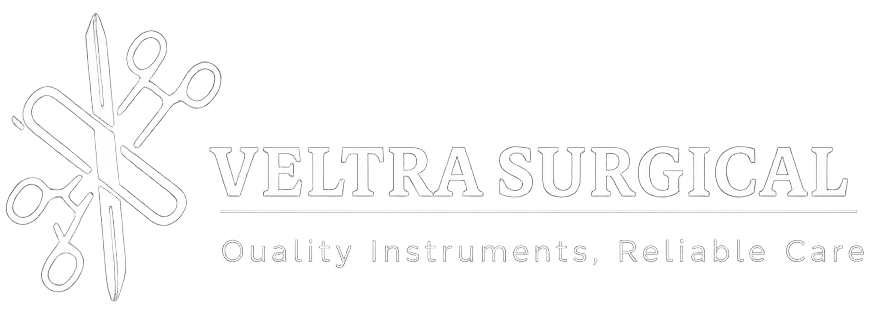Surgical Staplers: Revolutionizing Wound Closure — Market Insights, Trends, and Key Industry Players
Introduction
In modern surgery, surgical staplers have emerged as a transformative alternative to traditional suturing. Designed for speed, precision, and consistency, these devices are now indispensable in operating rooms across specialties — from general surgery and orthopedics to cardiothoracic and gastrointestinal procedures. As the demand for minimally invasive and efficient wound closure increases, the global surgical stapler market continues to expand at a rapid pace.
The Evolution of Surgical Staplers
The first generation of surgical staplers appeared in the early 20th century, but it wasn’t until the 1970s that modern designs gained widespread acceptance. Today’s staplers are more refined, available in both manual and powered variants, and come with reloadable cartridges that ensure safety, speed, and precision.
Innovations such as absorbable staples, smart stapling systems, and ergonomic designs have enhanced their reliability and usability in complex surgical environments.
Market Insights & Global Growth
The global surgical stapler market is projected to surpass USD 6.5 billion by 2030, growing at a CAGR of around 7%. This growth is fueled by:
- Rising adoption of minimally invasive surgeries
- Growing demand for faster post-operative recovery
- Technological innovations such as powered staplers
- Increasing healthcare infrastructure in emerging markets
Hospitals and ambulatory surgical centers are the primary users, with disposable staplers dominating due to their sterility and reduced cross-contamination risk.
Displacement of Conventional Skin Closure Techniques
Traditionally, sutures were the gold standard for wound closure. However, studies indicate that surgical staplers have displaced conventional suturing by 40–60% in many general and laparoscopic procedures.
Key advantages of staplers include:
- Up to 70% reduction in closure time
- Consistent wound approximation and lower infection rates
- Reduced surgeon fatigue and improved ergonomics
- Better cosmetic outcomes with minimal tissue trauma
This shift is most prominent in developed healthcare markets such as the U.S., Europe, and Japan, but emerging economies are quickly following suit.
Emerging Trends in the Surgical Stapler Industry
- Powered and Intelligent Staplers: Integration of sensors and feedback mechanisms for real-time tissue compression measurement.
- Biodegradable and Absorbable Staples: Environmentally safe and patient-friendly alternatives to metal staples.
- Single-Use Designs: Enhancing patient safety by eliminating cross-contamination risks.
- 3D Printing Applications: Customization of stapler components for complex surgeries.
- AI and Robotics Integration: Smart staplers that interface with robotic surgical systems for ultra-precise closure.
Key Players in the Global Surgical Stapler Market
- Ethicon (Johnson & Johnson MedTech) – Market leader with advanced powered staplers.
- Medtronic (Covidien) – Offers a wide range of linear, circular, and skin staplers.
- B. Braun Melsungen AG – Known for ergonomic and high-precision designs.
- CONMED Corporation – Focuses on laparoscopic stapling systems.
- Purple Surgical – UK-based innovator specializing in single-use staplers.
- 3M Healthcare – Provides reliable skin closure systems for general use.
Regional Market Overview
- North America holds the largest market share due to strong R&D and adoption rates.
- Europe follows closely with advanced surgical infrastructure and innovation funding.
- Asia-Pacific is the fastest-growing region, driven by healthcare modernization in China, India, and Southeast Asia.
Challenges and Future Outlook
While surgical staplers offer numerous benefits, device malfunctions and regulatory scrutiny (especially from FDA and EU MDR) continue to challenge manufacturers. However, as technological precision, safety mechanisms, and material innovation advance, the future of surgical stapling looks highly promising.
Conclusion
Surgical staplers have redefined wound closure, reducing operative time and enhancing patient outcomes. As technology evolves and markets mature, these devices will continue to displace conventional suturing methods — solidifying their role as a cornerstone of modern surgical practice.












